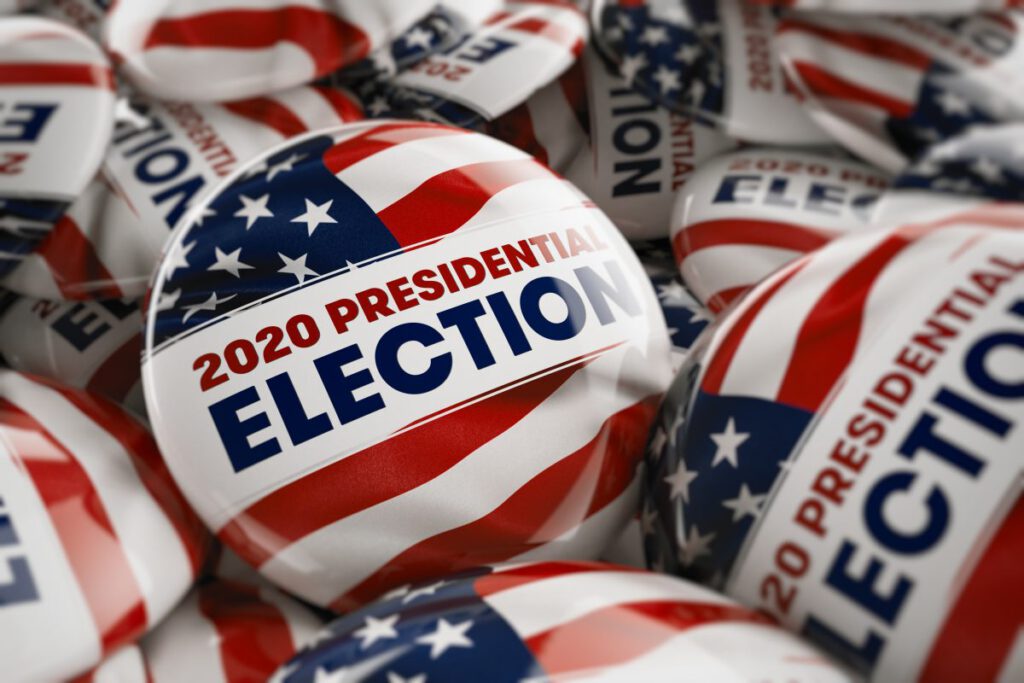
Major Overhaul of Federal Grantmaking Practices
04.24.2024 | Linda J. Rosenthal, JD

“It’s almost always election season in the United States.”
The polls close on one contest but, by dawn the next morning, “the chatter begins about re-election bids and new opponents.” By the time that primary-election votes are being counted, that chatter turns into a frenzy of 24/7 media coverage and analysis as well as a blizzard of candidate advertisements on TV, radio, the internet, and social media.
“We in the philanthropic community are – along with the rest of the nation – deep in the muck of perhaps the most bizarre election season in recent memory.” Being members of the nonprofit sector as well as voters, “… there’s an added dimension to our bewilderment: namely, how to skirt the quicksand of the absolute ban in Section 501(c)(3) on political activities…” while confronting the harrowing reality that our organizations and beneficiaries may be affected significantly by the election results.
That’s what we wrote in a post – not yesterday – but back in 2016. Ahh … the good old days when we were merely in Bizarro World and not entirely through and beyond The Twilight Zone.
Now, four years later, we more fully understood the warning that “elections have consequences.” The urge to take action and take sides is acute. But for 501(c)(3) organizations, navigating the politics-ban tightrope has always been full of risks.
It continues to be, notwithstanding repeated tweets and other statements from the highest office in the land suggesting that the ban – commonly referred to as “the Johnson Amendment” – was repealed by a 2017 executive order. It was not.
And even though said executive order did signal that officials should go easy on enforcement, the nation’s 501(c)(3)s should not be lulled into a false sense of security. It is not – repeat, not – OK to host a candidate’s political rally or to hand out “envelopes stuffed with cash” to attendees at an “urban development event” that is a thinly disguised partisan occasion.
In every election cycle since 2014, we’ve added our little bit to the vast amount of information and resources available to help guide 501(c)(3) organizations understand the rules and regulations related to political-campaign activity.
Now, as we plunge headlong into the 2020 campaign fray, we offer what we hope will be a helpful step back from the overwhelming detail out there, turning instead to a broad-brush review of the Johnson Amendment, past and present.
Beginning today, we’ll bite off – in a series of posts – points including:
The Johnson Amendment has long been a controversial law with dedicated proponents and earnest opponents. The lines of division are starker still in our current highly charged and partisan era. Compounding this dilemma is that this total ban on political-campaign activities is challenging to interpret and apply to the broad array of circumstances on the ground.
The complexity here is especially ironic because it arises from a statutory fragment of just 30 words: “… which does not participate in, or intervene in (including the publishing or distributing of statements), any political campaign on behalf of (or in opposition to) any candidate for public office.”
That’s right: just 30 words. Originally, in 1954, the phrase had 26 words. Over the next 65 years, Congress added only four more words – (bolded in this quote) – in 1987.
Now, take a look at this phrase in its place in the complete statute:
Corporations, and any community chest, fund, or foundation, organized and operated exclusively for religious, charitable, scientific, testing for public safety, literary, or educational purposes, or to foster national or international amateur sports competition (but only if no part of its activities involve the provision of athletic facilities or equipment), or for the prevention of cruelty to children or animals, no part of the net earnings of which inures to the benefit of any private shareholder or individual, no substantial part of the activities of which is carrying on propaganda, or otherwise attempting, to influence legislation (except as otherwise provided in subsection (h)), and which does not participate in, or intervene in (including the publishing or distributing of statements), any political campaign on behalf of (or in opposition to) any candidate for public office.
If you’re not a full-blown law or nonprofit nerd, you may not immediately recognize this remarkably important statute. It’s section 501(c)(3) of the Internal Revenue Code. In only 132 words, it’s the governing definition of which organizations do and do not qualify for the most coveted of all the federal tax-exemption categories.
Those bolded words at the end are the Johnson Amendment. That’s it; the whole thing.
You may logically assume that the Johnson Amendment was the result of thoughtful debate and deliberation by the 83rd Congress all those decades ago. The sad reality is far different; it was the result of a last-minute, hastily prepared “floor amendment” – that means there was no debate at all or prior deliberation – by the powerful Senate Majority Leader in 1954: Lyndon B. Johnson, later Vice-President and then President of the United States.
And it was a mistake to boot! Senator Johnson thought he was offering for a vote only a partial restriction for political activities, along the lines of the lobbying rules made part of an earlier tax-code amendment in 1934.
We’ll have more to say in the next post or two about this legislative history – more precisely, the lack of it – as well as the struggles even to the present day to understand and apply this critical element of the federal tax-exemption law.
— Linda J. Rosenthal, J.D., FPLF Information & Research Director
